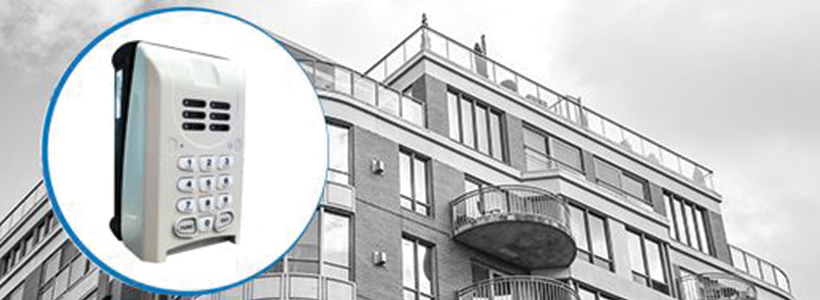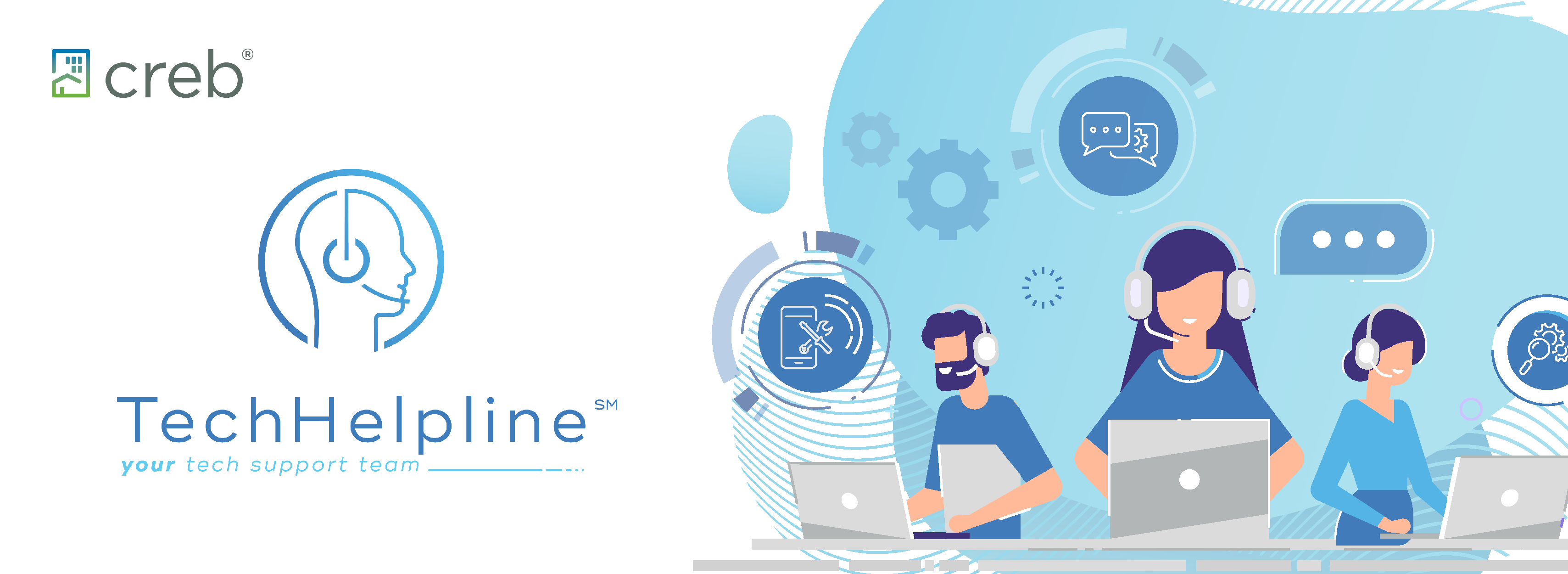We’ve all done it, scrolled into our emoji catalogue and grabbed the image to convey our message or maybe even relied on the spoon-fed suggestions developed by the algorithms. But have we thought about what they mean?
A Saskatchewan judge recently ruled in favour of a plaintiff who argued that the thumbs-up emoji was equivalent to an electronic signature.
While the contract that the defendant was deemed to have agreed to wasn’t real estate related, it’s precedent-setting, which future cases will arguably look back to.
This The Guardian article is worth a read because, although only summarized, the explanation of the emoji that the opposing sides presented is entirely believable. Still, they could present little evidence to support a common understanding by a regular person.
So, what does that mean for you and the contracts and conversations you’re dealing with? Use words, please.
In a world that is seemingly speeding through time and has us sometimes questioning how much agency we have over ourselves with AI and algorithms, be cautious and intentional with your communications. Bypass the emojis and GIFs in favour of words with shared meanings.
Don’t leave your intention to be misunderstood or misinterpreted by someone else, especially concerning contracts and negotiations.
Save the emojis for non-business chatter and keep with the best practice of using words with meanings you and your clients can rely on in case of a disagreement.
Lastly, please don’t sign any contracts with a thumbs-up or a thumbs-down emoji.




{ 1 comments…}